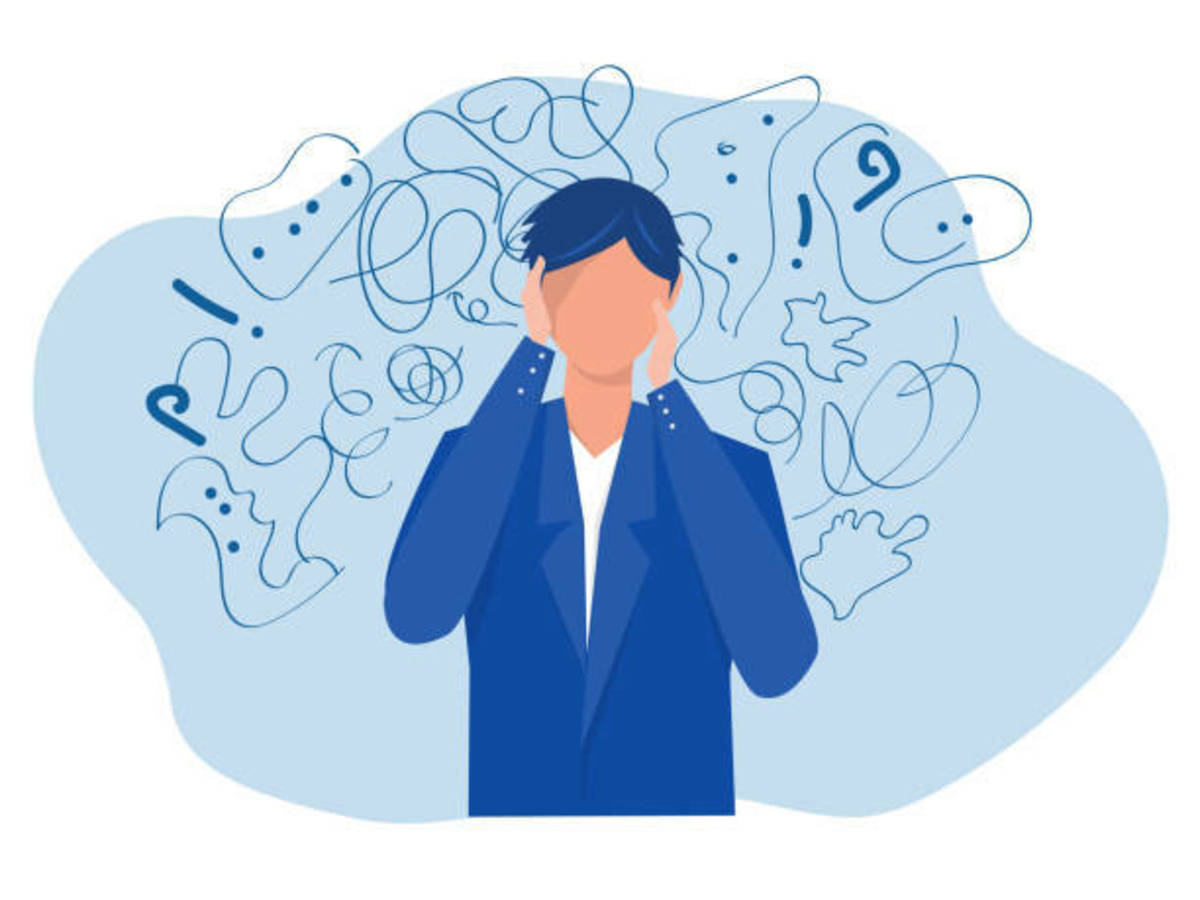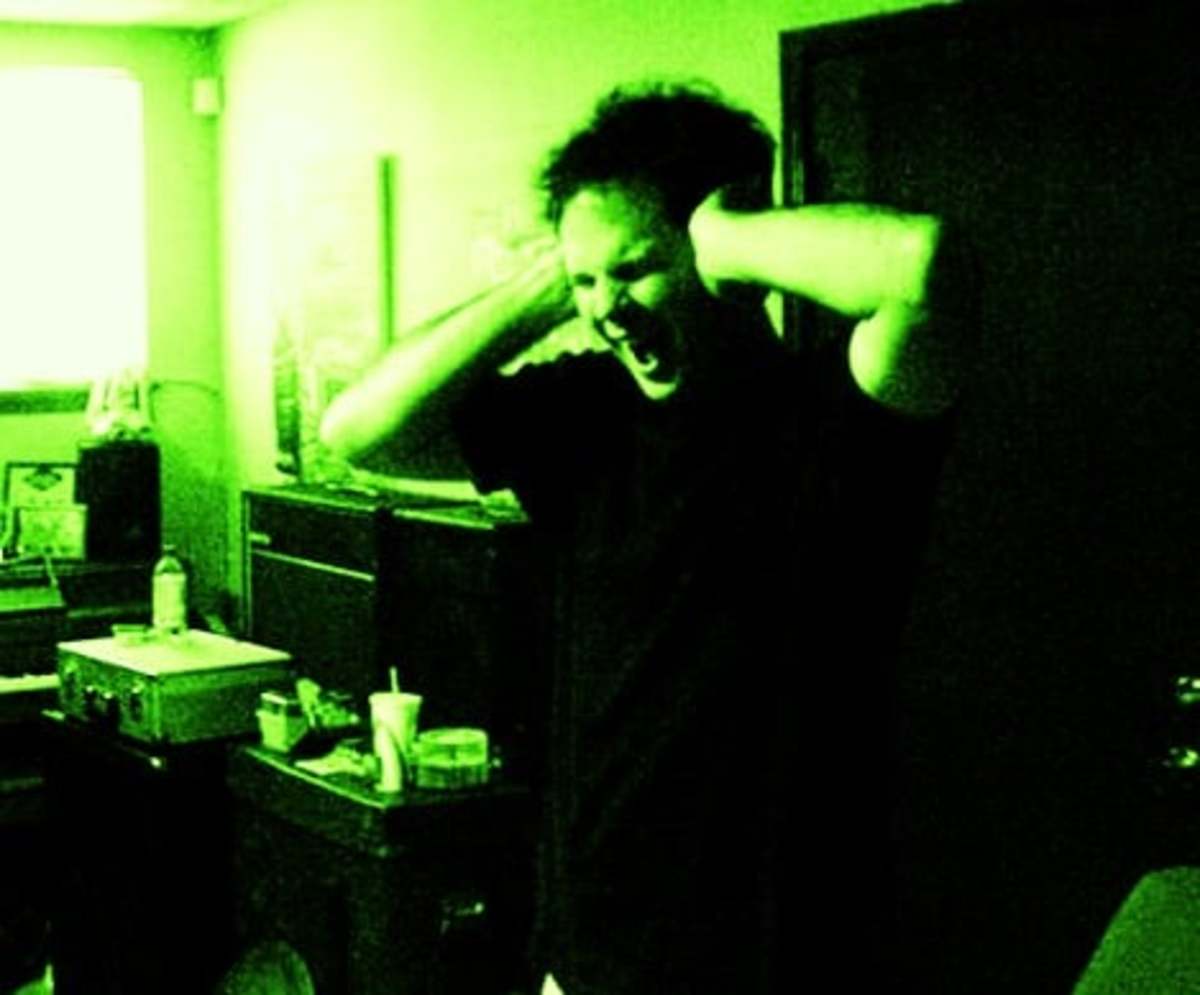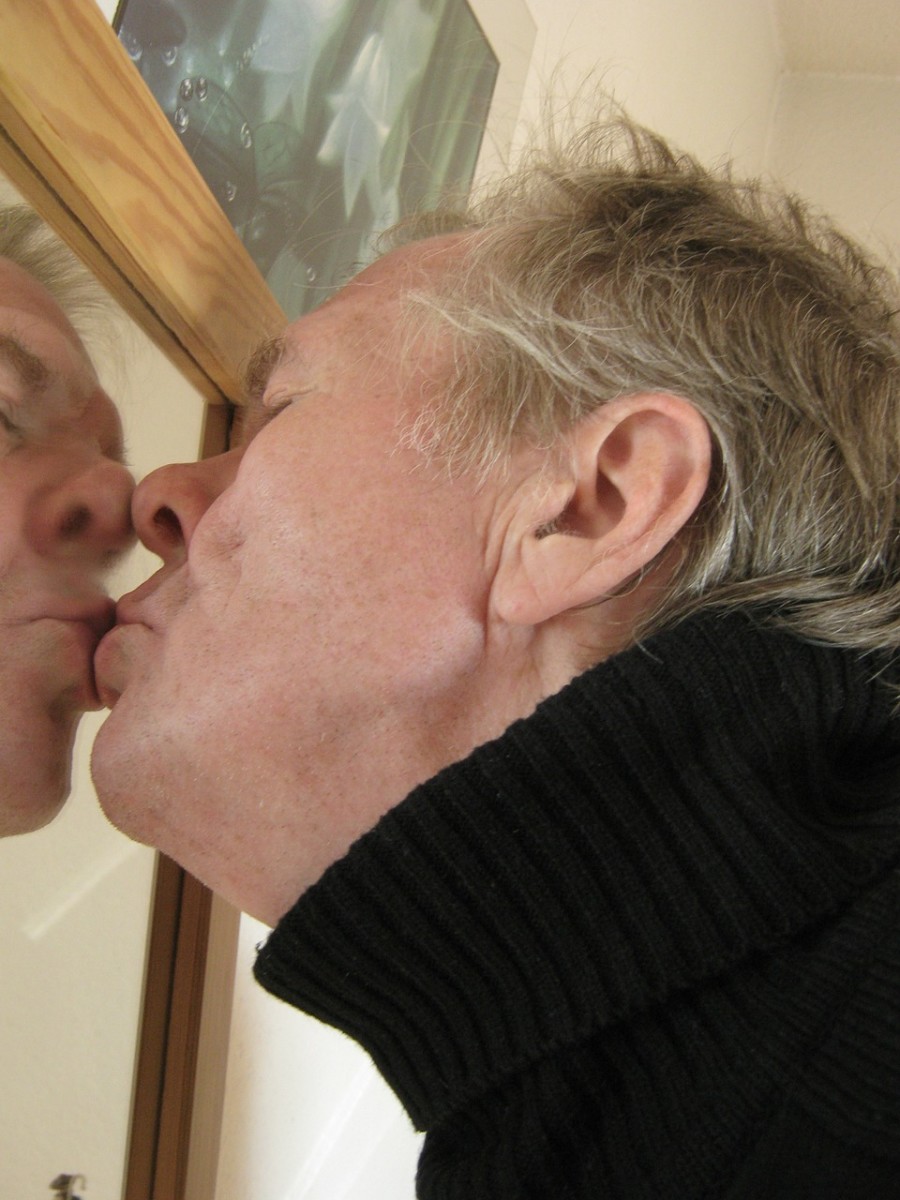Mirror Neuron Dysfunction in Autism
Autism is a Brain Disorder
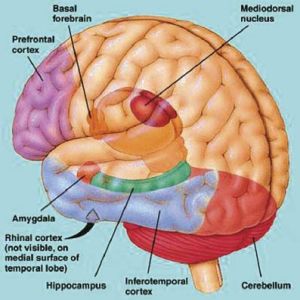
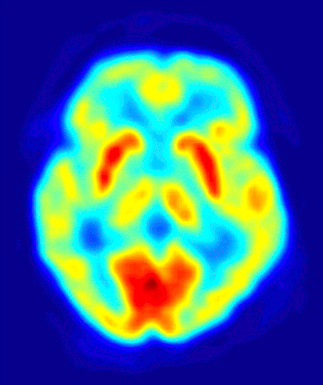
Autism
Autism is the fastest growing developmental disability in the United States. It typically appears during the first three years of life, is more common in males, and is often accompanied by mental retardation. Children with autism are impaired in areas of social interaction and with communication skills. According to the Centers for Disease Control as many as 1.5 million Americans are diagnosed with autism.
The autistic spectrum disorders are described by dysfunctions with social interactions, decreased imagination, dysfunctional verbal abilities, and repetitive and restricted patterns of behavior. Early theories of autism blamed cold parenting styles, especially of the mother, for the deficits observed in autism (Kanner, 1949); however, we now recognize this as a neurological disorder. Recent media coverage and reports of autism being caused by the MMR vaccine or other early vaccinations in children have never been empirically substantiated and the originator of this theory was found to have fabricated the data. Moreover, the prevalence and incidence rates of autistic spectrum disorders have risen over the past several years and this has fueled the unsubstantiated notion that autism is caused by vaccinations, other “modern” medical treatments, or other factors. This rise in prevalence rates is due to a number of factors including more liberal diagnostic criteria to identify milder forms and presentations of autism spectrum disorders, an expanding of the disorders in the Pervasive Developmental Disorder category in which autism is a part of, and under diagnosing and underestimating prevalence rates of autism spectrum disorders in the past. However, this is not to suggest that some environmental factors do not contribute to the development of autism in children. Certainly this is a possibility and this writer is always open to grounded and empirically based information to support this. In any event, one area that has been heavily researched is the association of autism and impairments with mirror neuron functions.
Mirror Neurons
Mirror neurons fire when animals or people act or observe the same action performed by another. In humans, brain activity consistent with that of mirror neurons is located the premotor cortex, the supplementary motor area, the primary somatosensory cortex, and the inferior parietal cortex (Rizzolatti & Craighereo, 2004). There are two chief hypotheses concerning the functional role of mirror neurons: (1) mirror-neuron activity mediates the imitation of actions; and (2) mirror neurons are also responsible for understanding actions. Each time an individual views an action performed by another person the neurons that represent that action are activated in the observer’s premotor cortex transforming visual information into knowledge. Rizzolatti and Craighereo reported that mirror neurons are involved in multiple learning functions beside physical actions including gestural communication, speech, and semantic understanding.
Both of these above hypotheses about mirror neuron functioning are most likely accurate. Nonetheless, there are a couple of things to consider. Although there is a large body of empirical evidence to indicate that the mirror neuron mechanism is a system that is associated with learning and comprehending actions performed by others it would be wrong to claim that this is the only neural system or neural mechanism through which actions performed by others are comprehended. The brain is an organ that works in a holistic fashion. When a function is performed multiple brain areas are activated and multiple areas are inhibited. Both the processes of neural activation and neural inhibition are crucial to the smooth execution of any behavior or thought. Nonetheless, the mirror neuron system may be the basis of imitation in humans and therefore is crucial element in human development. Although many readers may believe that imitation is an elementary or primitive cognitive function, it is not. Try to get your dog or cat to imitate you. There is considerable agreement among ethologists that imitation, defined as the capacity to learn to do an action after seeing it preformed by another, is a highly advanced cognitive function that is present only in higher primates and a few other higher-order mammals.
Mirror Neuron Functioning in Autism
Williams, Whiten, Suddendorf, and Perrett, (2001) noted that recent theories of the causes of autism have centered around the lack of the so-called “theory of mind” (ToM) in autistic individuals such as understanding others’ beliefs and perspectives. However, they.believed that the ToM was unsatisfactory as a primary explanation for autism for several reasons including: (1) the ToM is not typically observable in normal children until after their fourth year and autistic disorders are recognized earlier; (2) autistic children often imitate sounds and sayings verbatim but without the associated nonverbal aspects indicating that they may experience difficulties with the integration of visual and auditory information; (3) and clinical observation of autism indicates the their early social deficits are broader in scope than would be implied by the ToM. They also noted that deficits in imitation are associated with the earliest stages in the development of autism and that these deficits very nicely compliment and fill in most of the major gaps that the ToM leaves when explaining the possible causes of autism. In addition, imitation and attribution of mental states in others display some very important similarities such as translating perspective from another to oneself.
Williams, Whiten, Suddendorf, and Perrett observed that the majority of studies of autistic children demonstrate a deficit in imitation can be observed at an early age in these children. A review of the animal model literature that demonstrates that primates with frontal and prefrontal brain lesions demonstrate poor imitation and a difficulty to assume the perspective of another as well as brain imaging studies in humans demonstrate that imitation, observation of action in others, and switching perspective produces activity in the brain regions that are believed to host mirror neurons. These researchers suggested several testable hypotheses based on the notion that deficits in mirror neuron functioning may explain much of the impairment observed in autism: (1) imitation deficits should be present in the earliest years in autistic children; (2) perceived sounds that are altered by viewing lip movements of others making a different sound in people without autism will not be present or will be different in autistic individuals (this is called the McGurk effect); (3) joint attention deficits will be observable early in autistic disorders; and (4) brain imaging and EEG studies will demonstrate altered activation or poorer developed mirror neuron brain areas in people with autism.
With regard to the first hypothesis, Receveur, Lenoir, Desombre, Roux, Barthelemy, and Malvy, (2005) explored social interaction and imitation in very young infants and children with autism. The researchers viewed family videos and films of children during medical consults of 18 children with autism. The sample was divided according to their developmental quotient level (DQ). DQ is defined as the ratio of a person’s developmental age to their functional age appropriate abilities x 100. A DQ of 100 would indicate that the child functions consistently with their age, whereas lower or higher scores indicate departures from normal functioning. Receveur et al. divided their sample into two groups with one group having a DQ greater than 50 and the other with a DQ less than 50 (50 is significantly lower than normal). Then an evaluation of facets of imitation and social interaction was performed by observing videos over four developmental periods: (1) between 10-12 months of age; (2) between 16-18 months of age; (3) between 24-26 months of age; and (4) beyond 4 years of age. Receveur et al.’s results revealed that the autistic children demonstrated poorer social interactions and imitational abilities s at lower DQ’s compared to those with higher DQ’s. Autistic children also displayed significantly lower abilities than normal children would demonstrate at the same age. These deficits were also apparent well before the age of four, supporting the hypothesis that such deficits do appear relatively early in the development of autistic children.
The second hypothesis, autistic children should show deficits with the integration of visual-auditory information, was investigated by Williams, Massaro, Peel, Bosseler, and Suddendorf (2004). In a complicated experiment groups of autistic and normal children were presented random consonant vowel syllables (CV) like ba, da, and tha. The CVs were presented via a computer animated head with a voice synthesizer in either unimodal (only auditory or visual presentation of the CV) or bimodal (integrated auditory and visual presentation) modes. The bimodal information was presented with either a consistent visual/auditory presentation of the CV or an inconsistent presentation (the McGurk effect). The autistic children were slightly poorer than controls than recognizing the stimuli in the unimodal conditions, but the effect was not significant. However, the autistic group demonstrated a reduced McGurk effect compared to the normal children; they were not confused by discrepant visual and auditory information). A statistical analysis of the data indicated that this effect was due to poor visual analysis of information by autistic children and not a result of poor visual-auditory integration as the researchers had hypothesized. The authors indicated that perhaps more research with different levels of autism would shed more light on the issue.
Regarding the hypothesis that autistic children would demonstrate deficits with joint attention, Dawson, Toth, Abbott, Osterling, Munson, Estes, and Liaw (2004) compared three to four-year-old autistic children, developmentally delayed children, and normal developing children on measures of social orienting, attention to the mother’s distress, and joint attention. Joint attention is the ability to coordinate one’s attention or share awareness of objects or events with interactive social partners. This was measured by standardized procedures. The autistic children displayed significantly lower joint attention than the developmentally disabled and normal children across all measures. The autistic children also displayed significantly poorer social orienting (e.g. being called by name) and attention to distress than the other groups. Difficulties with joint attention were also found to be the most sensitive discriminator of autistic children from normal and developmentally delayed children than the other measures, indicating that deficits with joint attention are particularly salient in autistic children.
The final hypothesis suggested by Williams, Whiten, Suddendorf, and Perrett, (2001) that people with autism would demonstrate differences on brain imaging studies in the brain regions associated with the presence of mirror neurons, probably has the most research support. For example, Hadjikhani, Joseph, Snyder, and Tager-Flusberg, (2006) compared the brains of high-functioning autistic adults to a group of normally-developed adults. Both groups of children were matched on gender, age, handedness, and IQ. The magnetic resonance results indicated that the cortical areas of the brain associated with imitation and empathy were thinner in the autistic subjects than in the normal subjects. The researchers also found a relation between the symptom severity of autism and the degree of cortical thinning in brain areas associated with mirror neurons, indicating that these areas may, to some degree, be responsible for the behavioral difficulties that people with autism display. There were no significant differences in the thickness of the cortex in other areas of the brains of the autistic group and the normally- developed group. The researchers also noted that subjects who had been given an inventory rating the severity of their autism in childhood demonstrated a relationship between the thinning in these brain areas and the severity of their childhood symptoms such that greater thinning was associated with more severe childhood symptoms.
Lombardo et al. (2010) used functional magnetic resonance imaging (fMRI) and scanned adult males with autism and IQ-matched normal males while they made reflective mental or physical judgments about themselves or the about the Queen of England. Autistic males demonstrated dysfunctional neural responses in brain areas where self-information is processed and not in brain areas corresponding to other person references. Furthermore, the degree of this neural self/other difference was strongly related to the magnitude of early childhood social impairment observed in the subjects with autism, such that greater earlier social impairments were associated with greater atypical neural patterns. These findings were believed to suggest that this atypical organization of neural circuitry that specifically codes for self-referenced information may be an important mechanism in understanding the impairments observed in autism.
These studies and others support three out of the four hypothesis put forth by Williams, Whiten, Suddendorf, and Perrett, (2001) regarding the notion that autistic people display deficits with the functioning of the mirror neurons in the brain. The fourth hypothesis regarding the difficulties with visual-auditory integration as being related to autism was not totally supported. In addition, recently Dinstein et al. (2010) found that individuals with autism displayed normal mirror neuron activation when observing and copying hand movements from other people. Their findings are at odds with the notion that mirror neuron deficits underlie the autism spectrum disorders.
Conclusions
More research would be needed to determine why these areas of the brain are different in autism and despite the connection between mirror neuron dysfunction and autism the findings are currently only tentative as suggested by Dinstein et al. Recall also that the mirror neuron system is not the only brain system that is associated with imitation, reflection, and the development of social skills. It still remains to be seen how mirror neurons in the brain and their functioning are related to many of the other characteristics of autism and how they relate to other brain areas that contribute to this disorder.
References
Dawson, G., Toth, K., Abbott, R., Osterling, J., Munson, J., Estes, A., & Liaw, J. (2004). Early Social Attention Impairments in Autism: Social Orienting, Joint Attention, and Attention to Distress. Developmental Psychology, 40, (2), 271–283.
Dinstein, I., Thomas, C, Humphreys, K., Minshew, N., Behrmann,M., & Heeger, D.J. (2010). Normal Movement Selectivity in Autism. Neuron, 66 (3), 461-469.
Hadjikhani, N., Joseph, R.M., Snyder, J., & Tager-Flusberg, H. (2006). Anatomical Differences in the Mirror Neuron System and Social Cognition Network in Autism. Cerebral Cortex, 16, 1276-1282.
Kanner L (1949). Problems of nosology and psychodynamics in early childhood autism. American Journal of Orthopsychiatry, 19 (3), 416–426.
Lombardo, M. V., Chakrabarti, B., Bullmore, E.T., Sadek, S.A., Pasco, G., Wheelwright, S. J., Suckling, J., & Baron-Cohen, S. (2010). Atypical Neural Self-Representation in Autism. Brain, 133 (2), 611-624.
Receveur, C., Lenoir, P., Desombre, H., Roux, S., Barthelemy, C., & Malvy, J. (2005). Interaction and imitation deficits from infancy to 4 years of age in children with autism: a pilot study based on videotapes. Autism, 9, (1), 69-82.
Rizzolatti, G. & Craighereo, L. (2004). The mirror neuron system. Annual Review of Neuroscience, 27, 169–192.
Williams, J.H.G., Massaro, D.W., Peel, N.J., Bosseler, A., & Suddendorf, T. (2004). Visual– auditory integration during speech imitation in autism. Research in Developmental Disabilities, 25, 559–575.
Williams, J.H.G., Whiten, A., Suddendorf, T., & Perrett, T.I. (2001). Imitation, mirror neurons and autism. Neuroscience and Biobehavioral Reviews 25, 287-295.
Other Articles by this Author
- Subliminal Persuation Fact or Fiction? | Scienceray
This article discusses the validity of subliminal persuasion and subliminal self-help tapes. Do they really work? - How Much of Our Brain Potential Do We Actually Use? | Scienceray
There is a long-held assumption that people only use 10% of their brains. This article reviews the evidence for this assumption. - Dementia and Alzheimer\'s Disease Part Three: Alzheimer\'s Disease
The third article in a series on dementia, this article continues to discuss the pathology and treatment of Alzheimer's disease.





